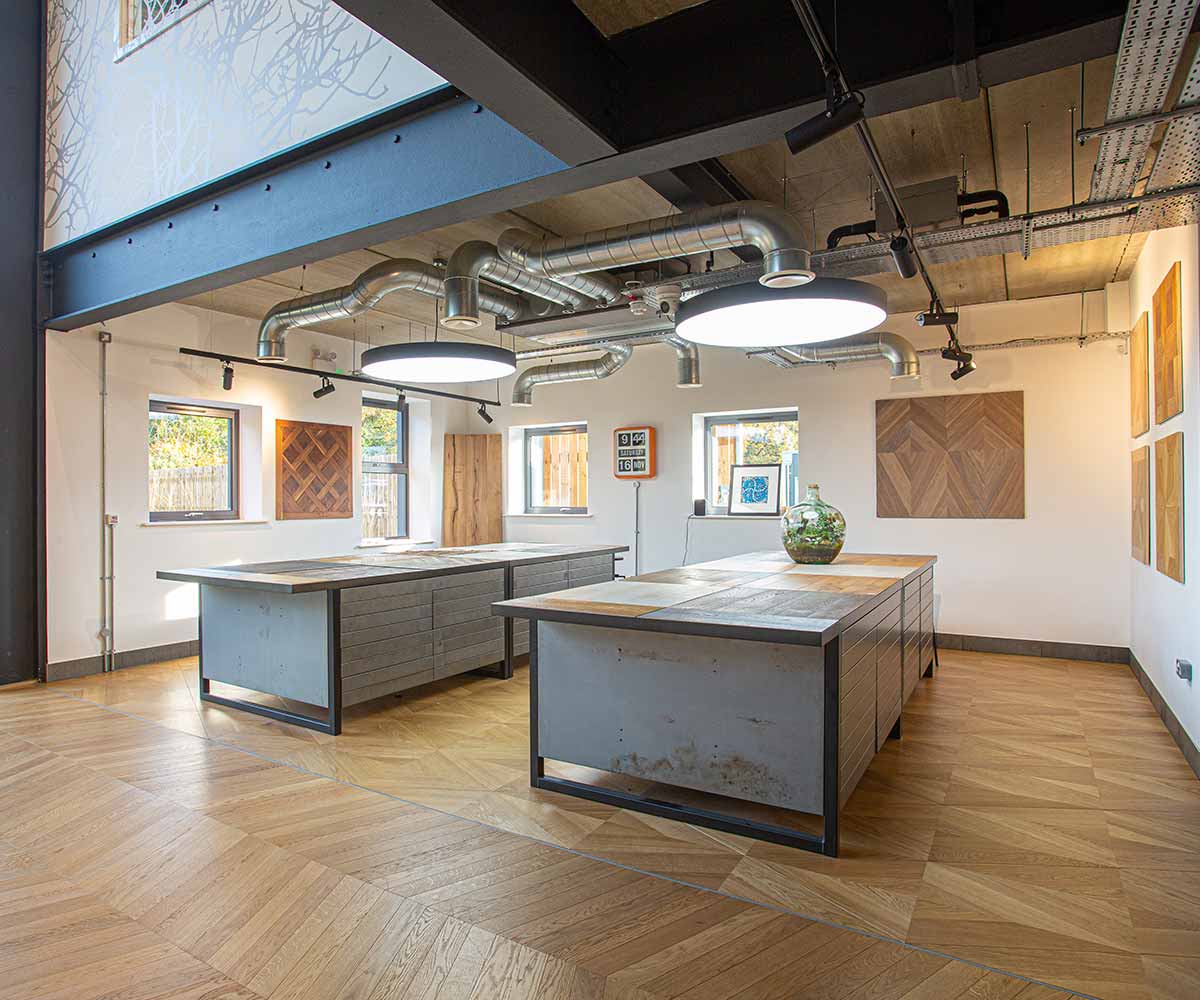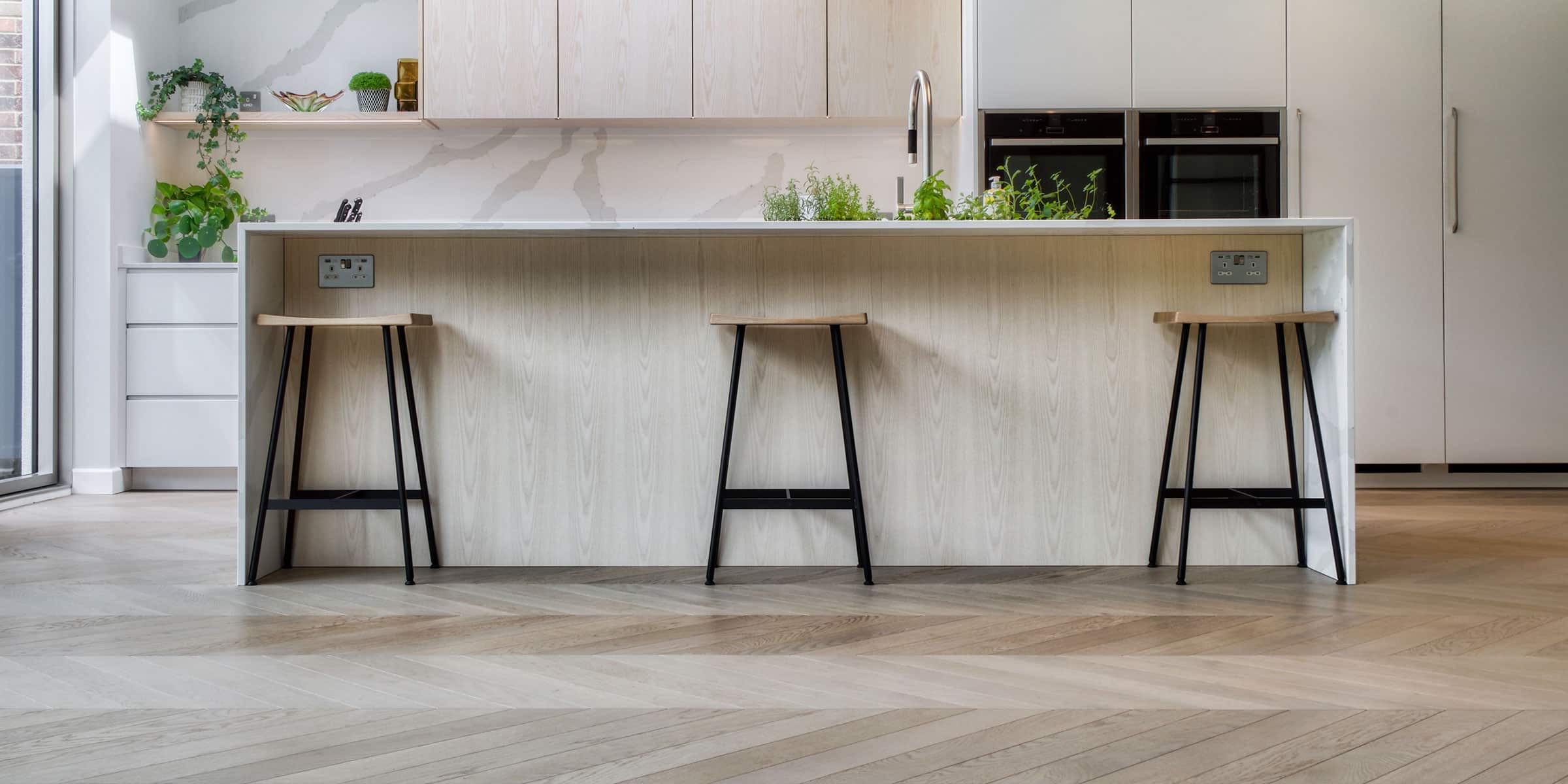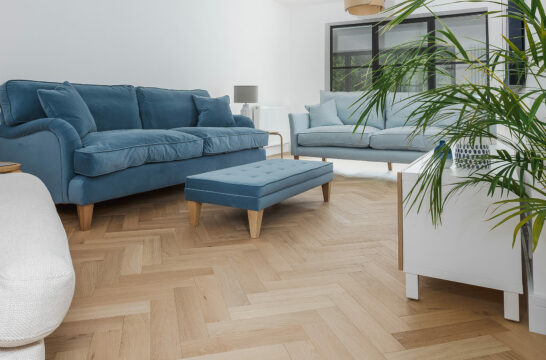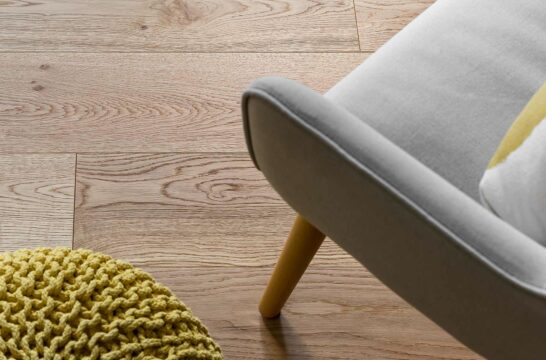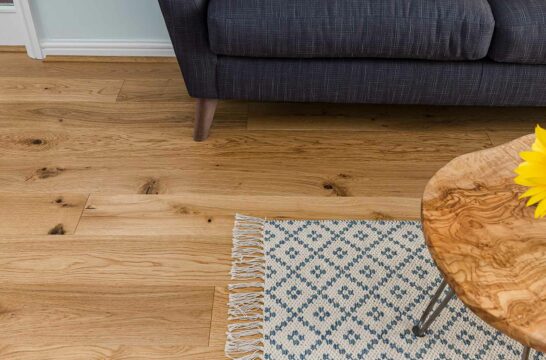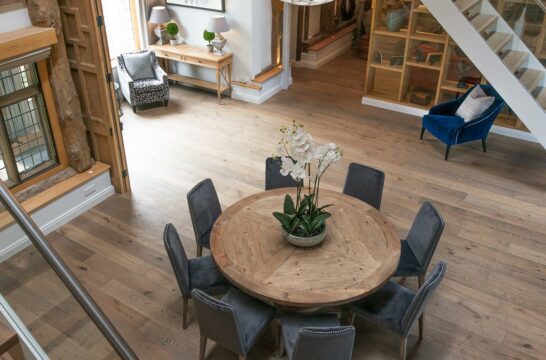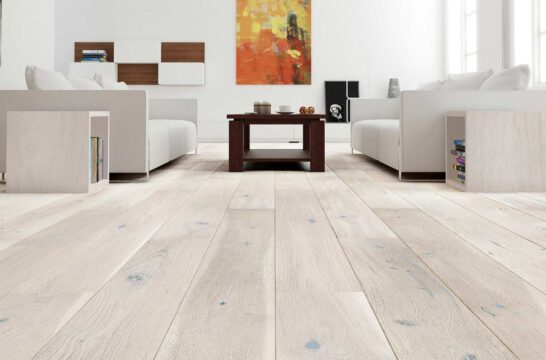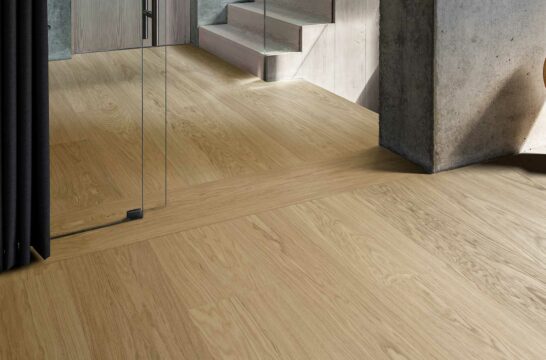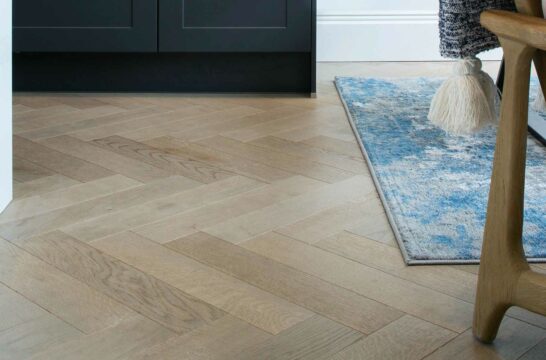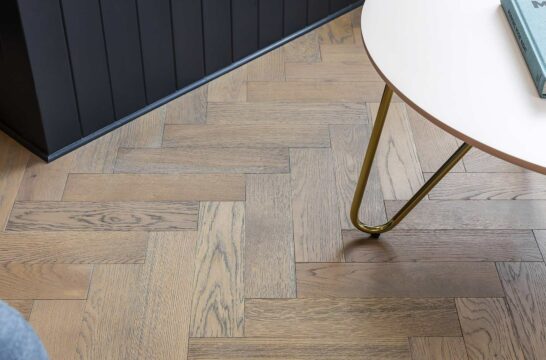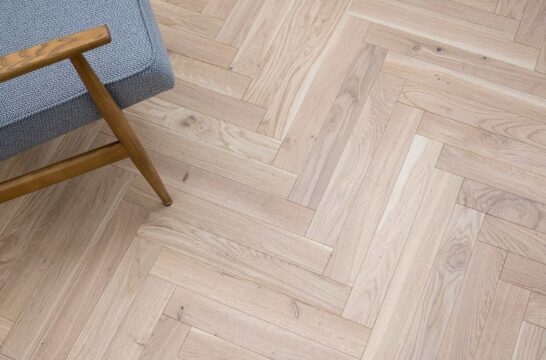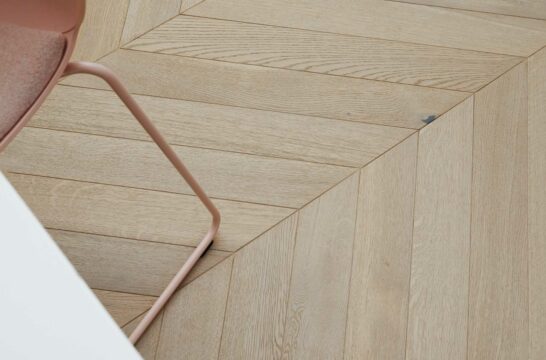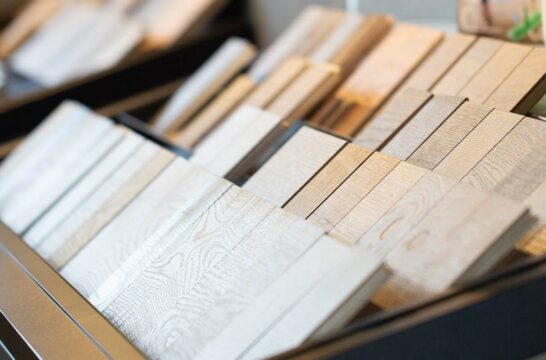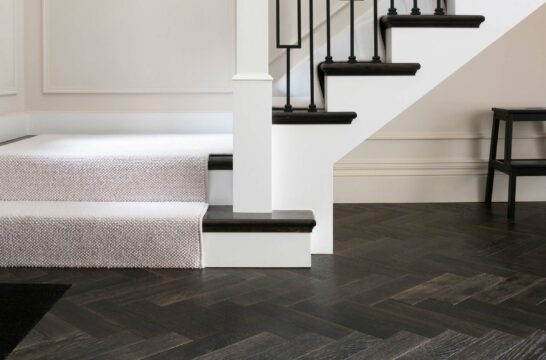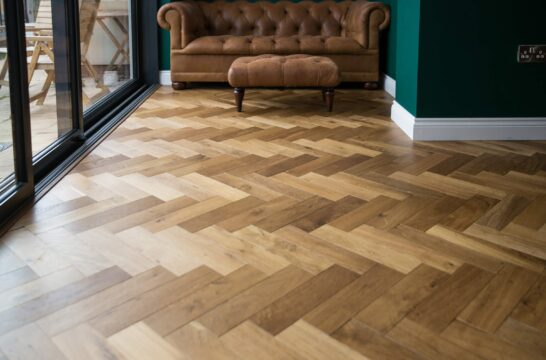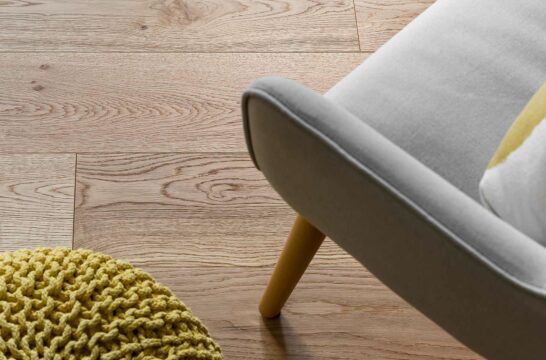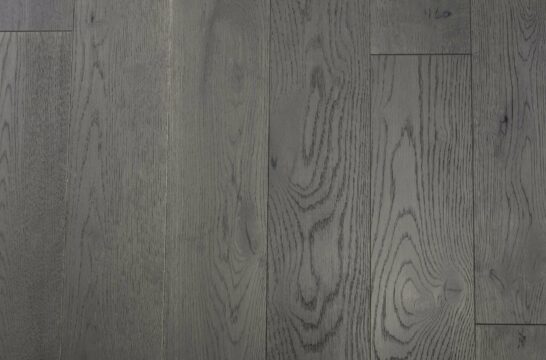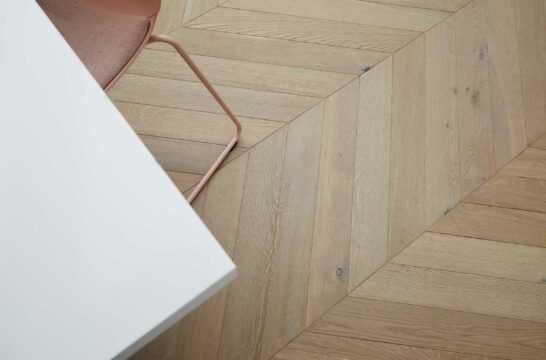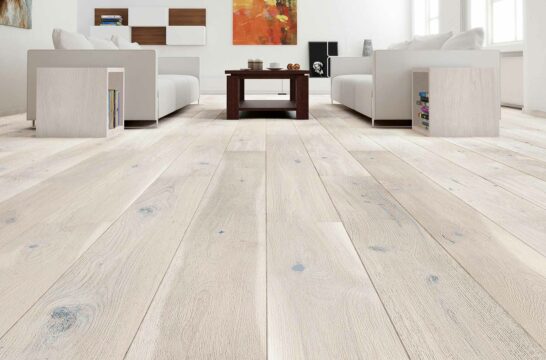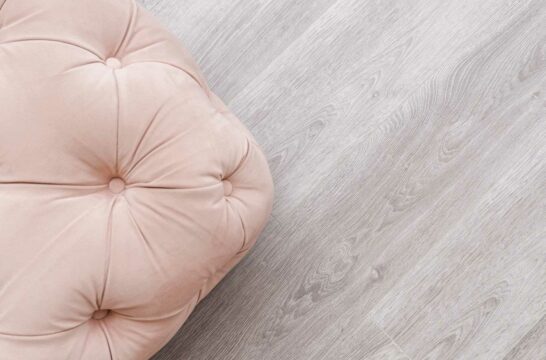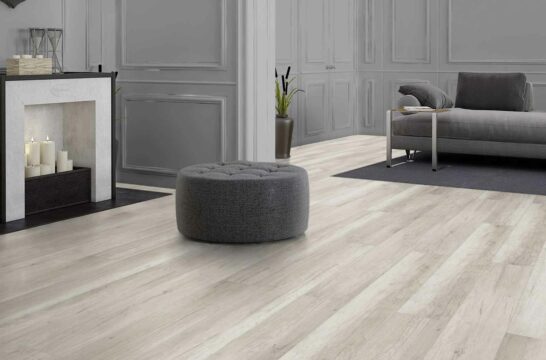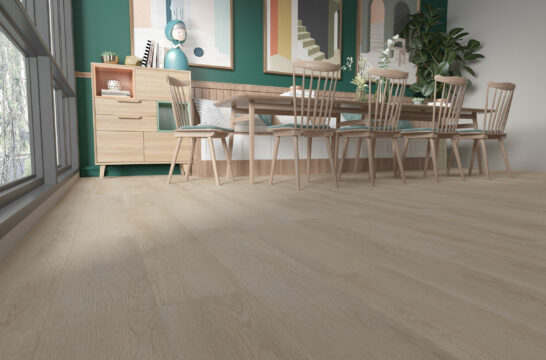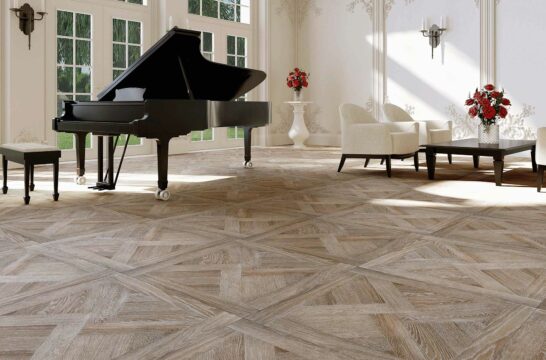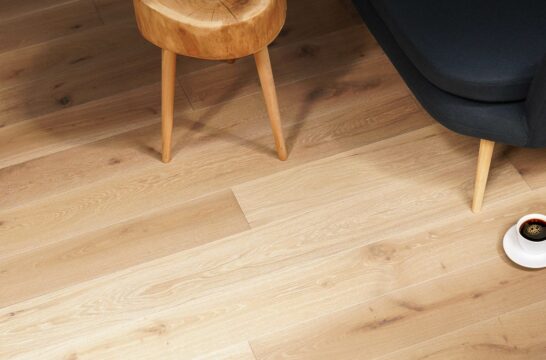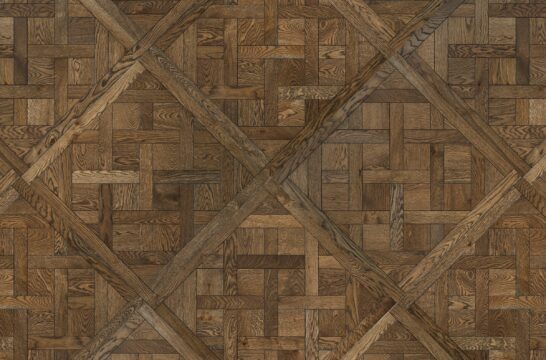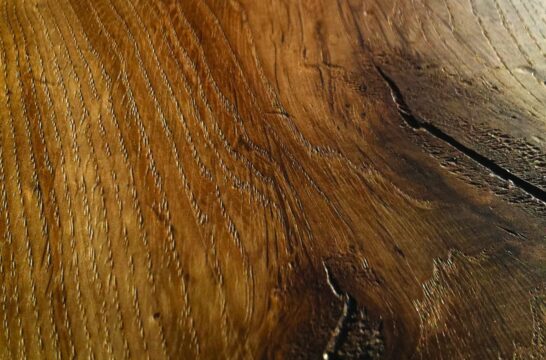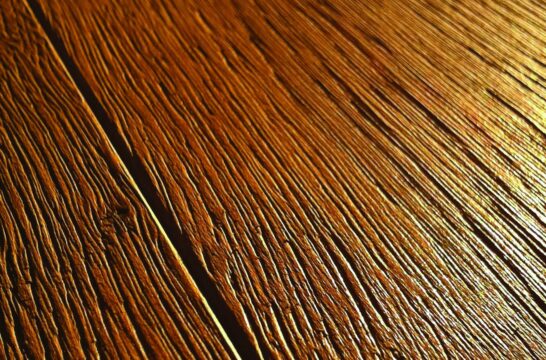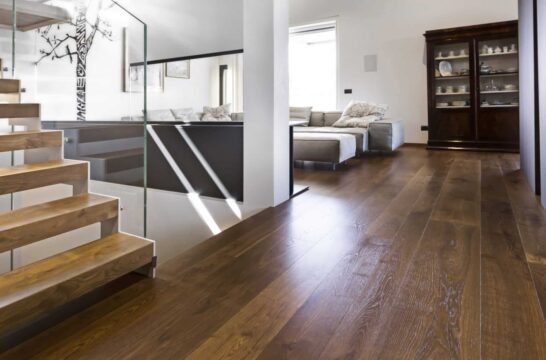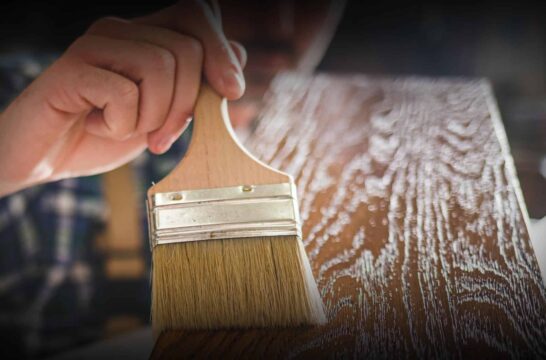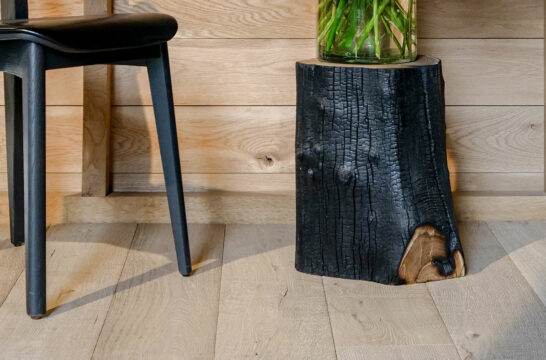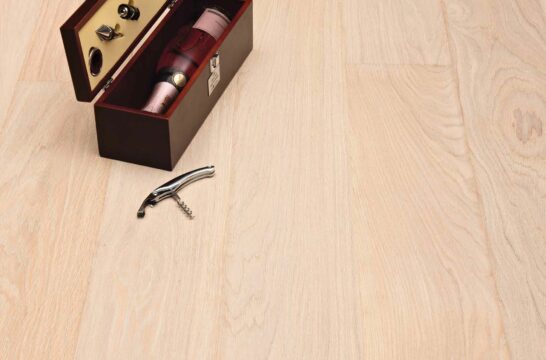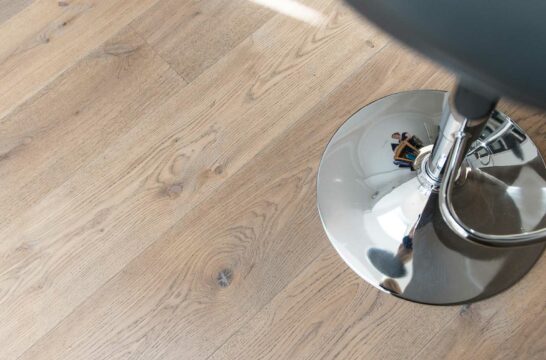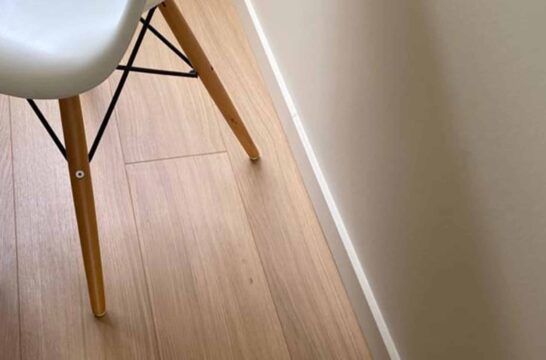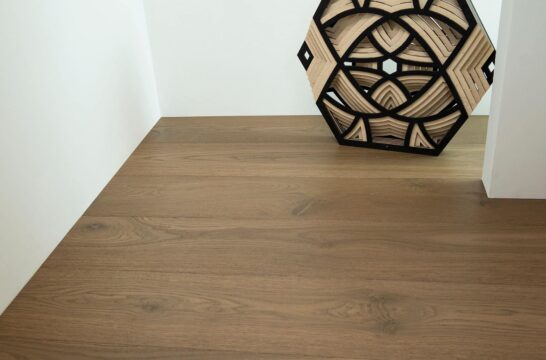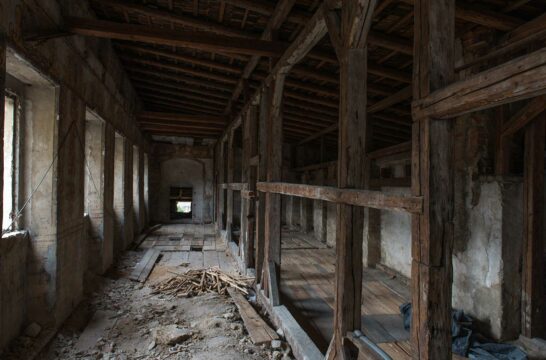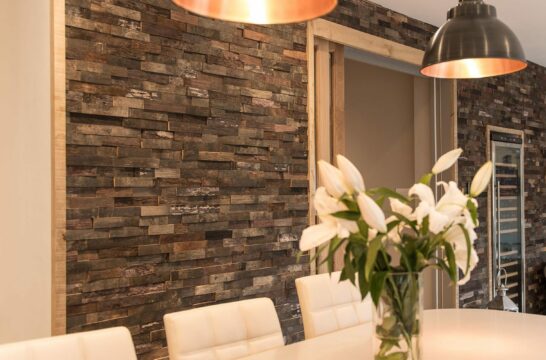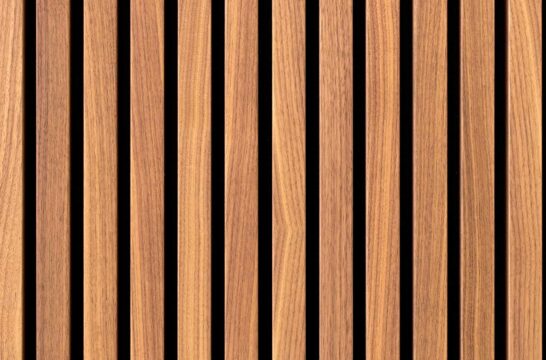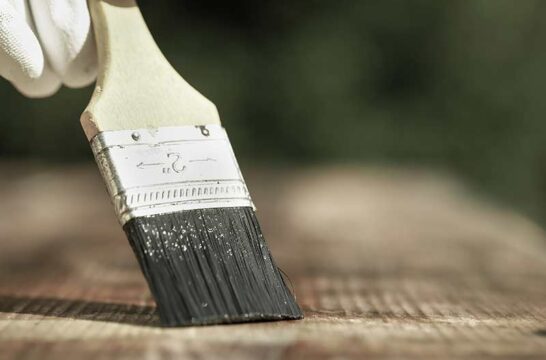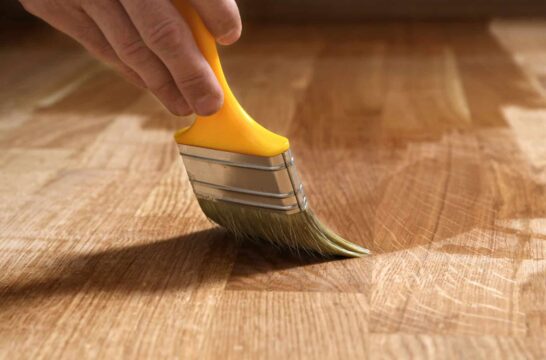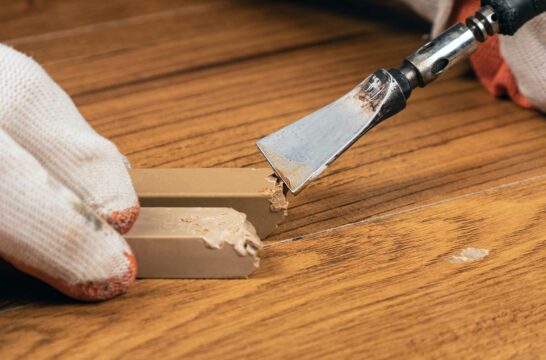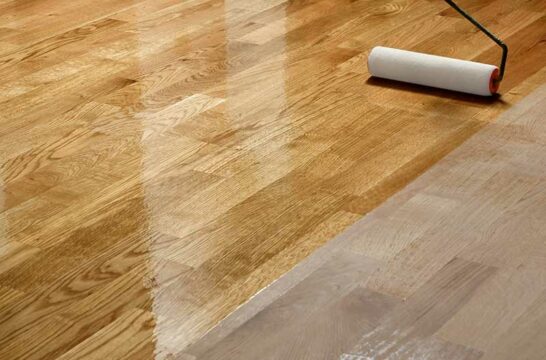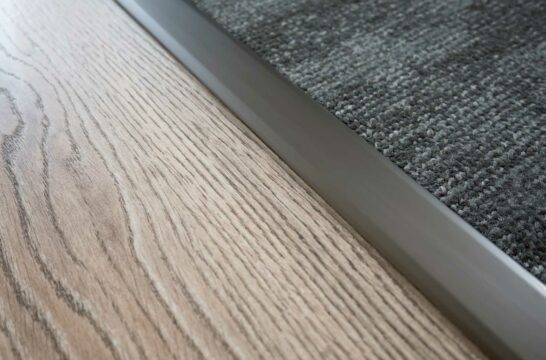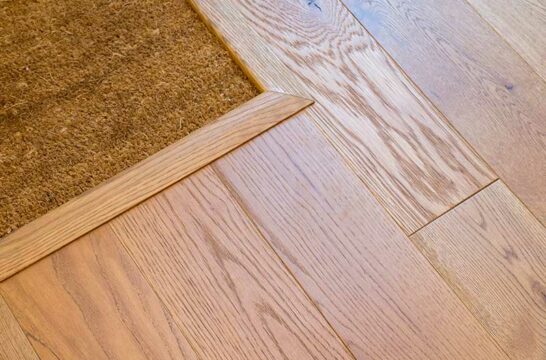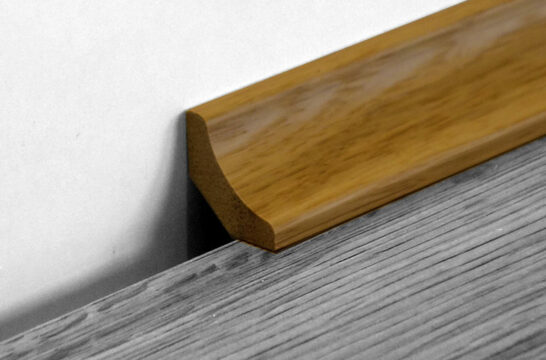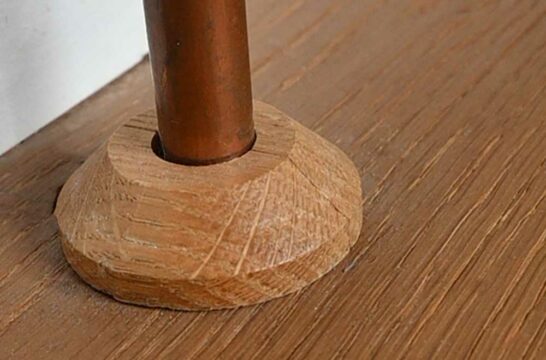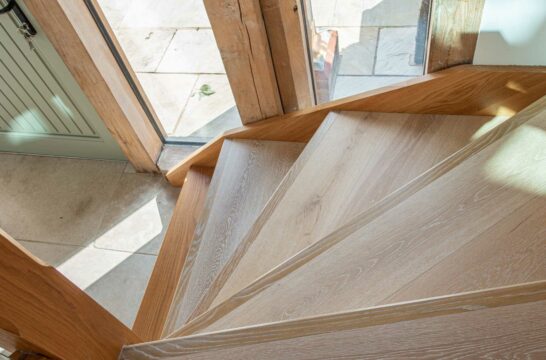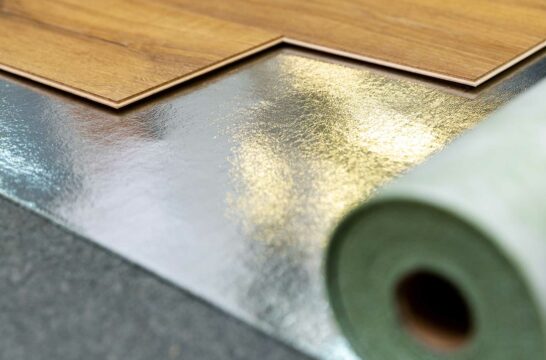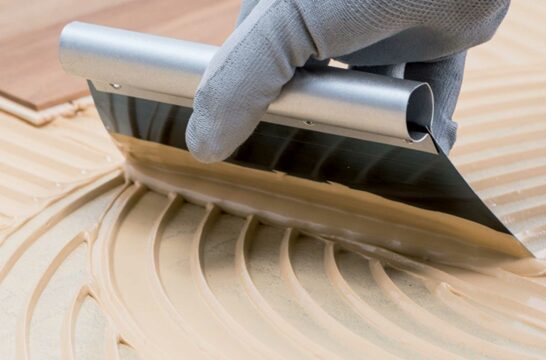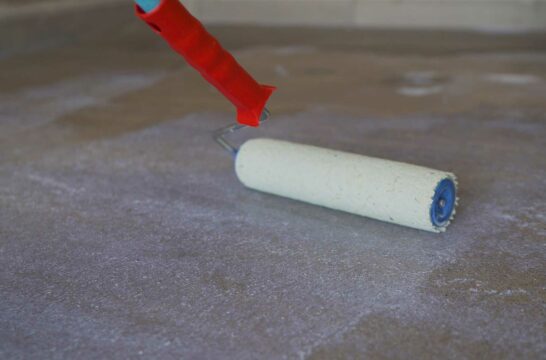We will take you on a journey of creative exploration, to discover your perfect wood floor and more…
Plan your VisitCan You Polish Engineered Wood Flooring?

No matter what kind of flooring you have, there will come a time when maintenance is required. Especially in high-traffic areas, where oil and lacquer finishes can become dull and lose their overall vigour. This is perfectly normal and nothing to worry about. The best thing about real wood floors – and engineered wood specifically – is that when dullness strikes, you can restore them in just a few simple steps. Cloths at the ready, we will teach you the most effective polishing methods for your engineered wood floors, as well as the top three ways to keep them looking their best. 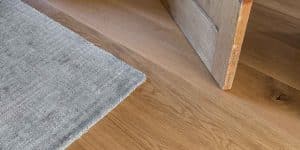
How to Polish Engineered Wood Floors
If your engineered wood floors have lost their shine, our tried-and-true polishing technique can uplift and restore them to their former glory. All you really need is a soft cloth and some elbow grease – we will provide the rest.
1. Give Yourself Plenty of Room
In order to polish the entire floor properly, and avoid dull smears around the edges of the room, it is best to remove all fu iture before beginning and tie up curtains so that they do not trail across the floor. This will give you the whole room to work with and help you to see where you still need to polish. If it is not possible to remove all the fu iture and items from the room, then remove a section at a time, replacing once the floor is polished, and work methodically in neat squares until the whole room is done.
2. Make Sure the Area Is Clean
If you have taken away all fu iture and rugs from the room, then this next step should be easy. Simply hoover away any dry dust and debris from the floor, especially the spaces where fu iture usually stands. Otherwise, dirt can become embedded in the surface of the floor when we polish it or dull the overall appearance – which is the opposite of our goal. Once the space has been swept and vacuumed, move on to wet cleaning. We have a vast range of floor cleaners specifically tailored to engineered wood floors. It is important to use products that are designed for your flooring type, otherwise, you run the risk of damaging the finish, and in tu the wood itself. Once you have your cleaner of choice, just apply and clean with a damp mop or cloth, working from the co er out towards the door. Rather than leaving them to air-dry, it will be best to hand-dry your floors with a clean and dry cloth or mop.
3. Choose Your Polishing Technique
Now the space is prepared, you are now ready to start polishing. We recommend, like when mopping, to work from one co er and work towards the door. This way, you can avoid becoming trapped by your own polish or having to tread over your hard work. When it comes to polishing, you can approach it in a couple of ways.
Polishing by Hand
Start by coating a cloth with your chosen engineered wood floor polish, and then working steadily in sections. Wipe the solution into the wood in figure-of-eight motions, to avoid the appearance of smears. Work carefully, section by section, until the whole floor is covered. Then, it will be time to wait for the polish to dry. Consult the manufacturer’s guidelines on how long to wait before you can replace your fu iture and walk over the floor as normal.
Polishing by Machine
You might have professional buffing or bu ishing equipment, in which case the process will be slightly different – yet still achieve the same results. Apply your polish generously, in sections, until the whole room has been treated. Wait for it to dry before moving on to the next step (the waxy substance should tu white, but this is product-dependent). Using your electric tool of choice, work in lines, back and forth, and behold the shine of our achievement. Polishing and buffing with a machine is understandably much easier than by hand alone, but should not be undertaken by inexperienced homeowners. These machines work at high speeds and can be dangerous if not used correctly. If you are unable to work by hand, you can always seek the help of a trained professional to get the job done.
3 Tips for Maintaining Your Engineered Wood Floors
Once your floors are gleaming, you will want to keep them that way. Engineered wood floors can be repolished every four months or so, depending on use, but there are other ways you can keep up appearances between now and then.
1. Protect Against Heavy Footfall and Fu iture
Over the years, your engineered wood floors will begin to show signs of wear if not protected correctly. To avoid damage to the finish or surface of the wood itself, apply soft foam pads to the legs of heavy, stationary fu iture. We also recommend doing the same to the legs of dining chairs or stools, to reduce the risk of scratching when dragged. In areas of high traffic, such as hallways and landings, you can bolster your floor’s defences with a simple (or o ate!) rug. This will not only protect them from unnecessary wear, but also improve comfort while walking barefoot, reduce the risk of slips and falls, and nurture a feeling of cosiness in your space.
2. Vacuum and Mop Regularly
Loose dust and dirt, if left alone, can be trodden into the surface of your floors. This causes damage and hinders cleaning, but can be easily avoided if floors are cleaned often – or at least when messes occur. The same goes for liquid spills, which should be mopped or dried quickly. Despite robust finishes, if left to stand for too long, liquid can sink into the top layer of wood and cause deterioration or permanent staining.
3. Add a Finishing Touch
If your floors were installed with a finish already applied, then this will not need to be done regularly, but every seven to ten years, you can reapply the oil or lacquer your floors came with. If your floors came without a finish, then this is all the more important – as these coats can protect from surface damage as well as penetrate deep enough to lengthen the lifespan of your floors. No matter which finishes your floors have been applied with, be it oil or lacquer, they will naturally wear away over time. A change in colour or uncharacteristic mattifying is a telltale sign of this. High-traffic areas will show more quickly than others, and will need reapplication more regularly. Occasional sanding and refinishing stands as one of the best and most effective ways to keep your engineered wood floors looking brand new.
Real Wood Floors That Give a Lot and Ask a Little
Overall, engineered wood flooring is incredibly resilient and simple to look after. If you are considering a real wood alte ative to hardwood floors, which is cost-effective and requires less maintenance to keep up appearances, engineered wood is the way to go. For those who have already taken the leap, we hope our polishing techniques and aftercare tips have brought a new lease of life into your space, as well as recreated that unbeatable feeling of stepping onto freshly lain wooden floors for the first time. OUR CARE GUIDES OUR MAINTENANCE ESSENTIALS
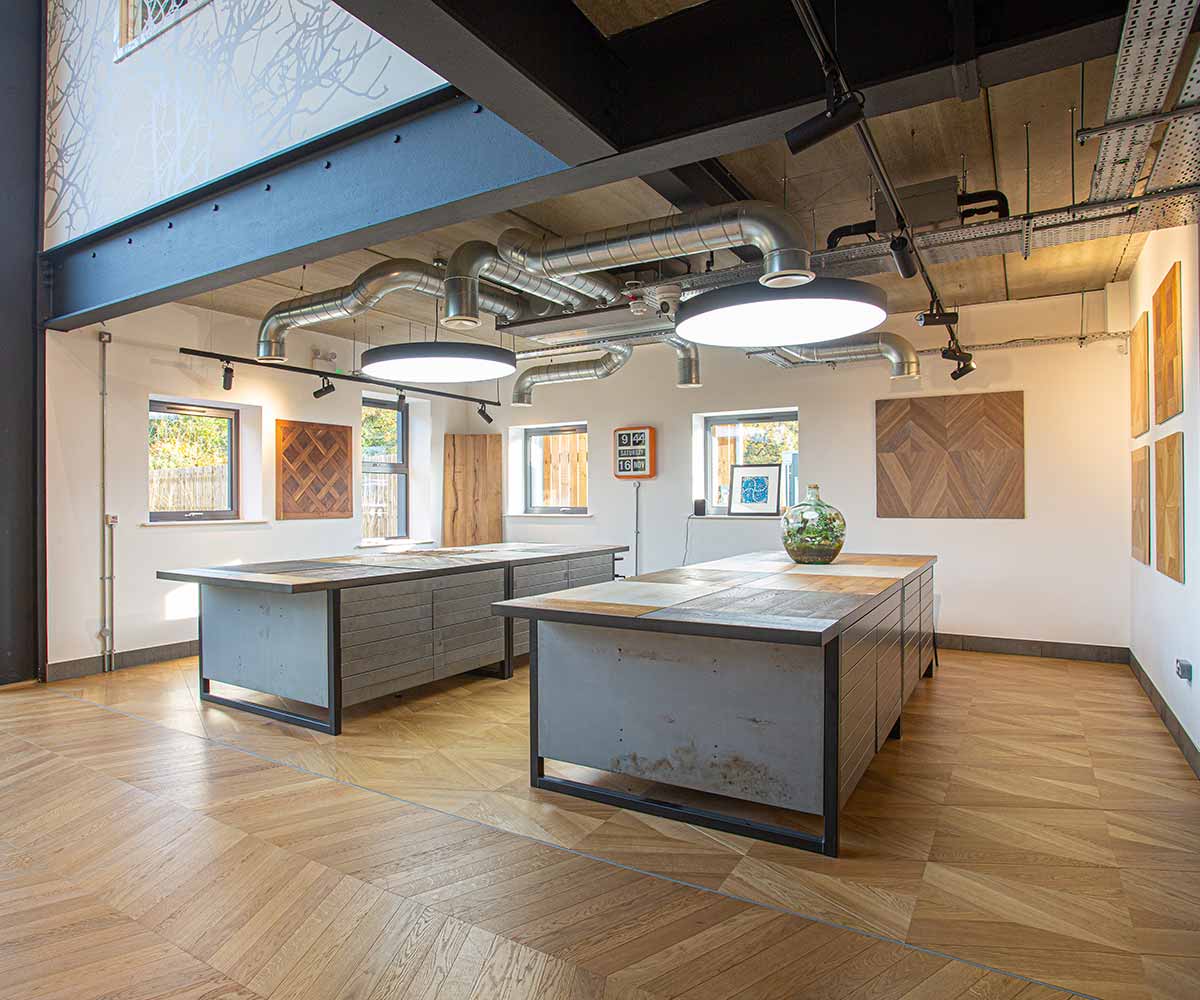
Find your local retailer
Here you can see large format samples and get expert advice from flooring experts who will sell and install your chosen floor
